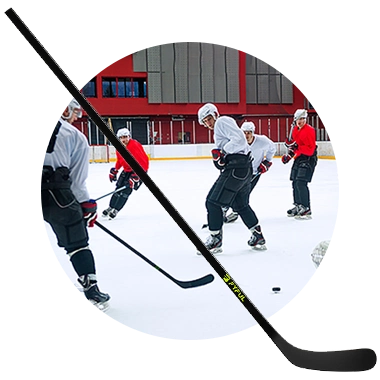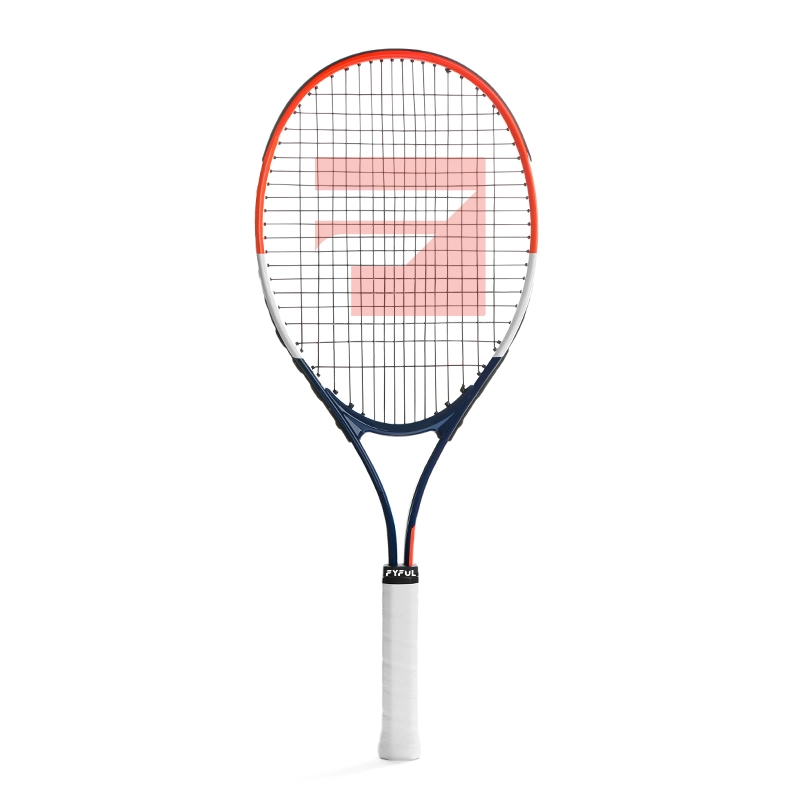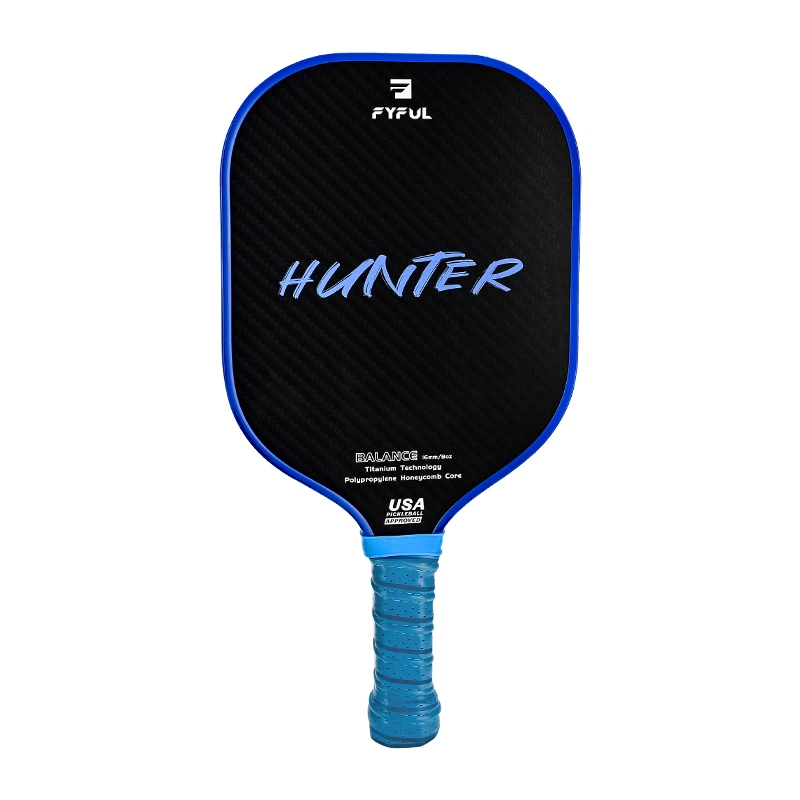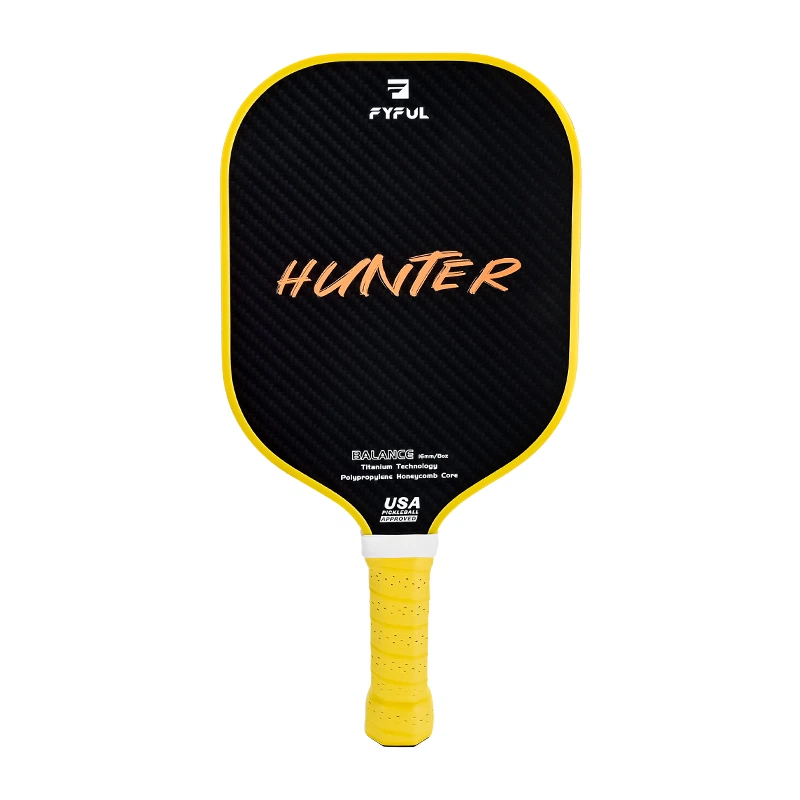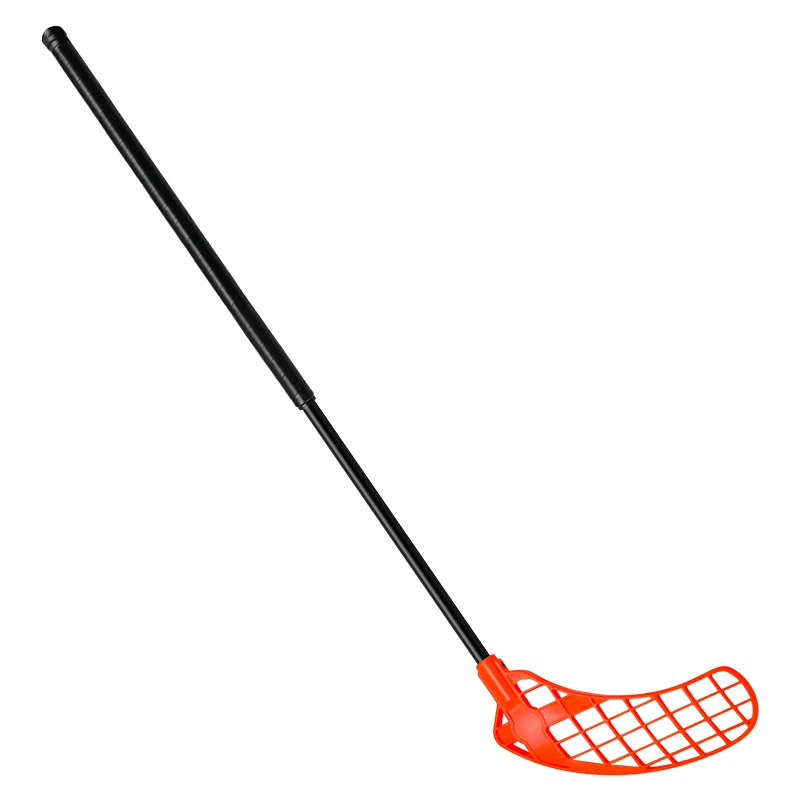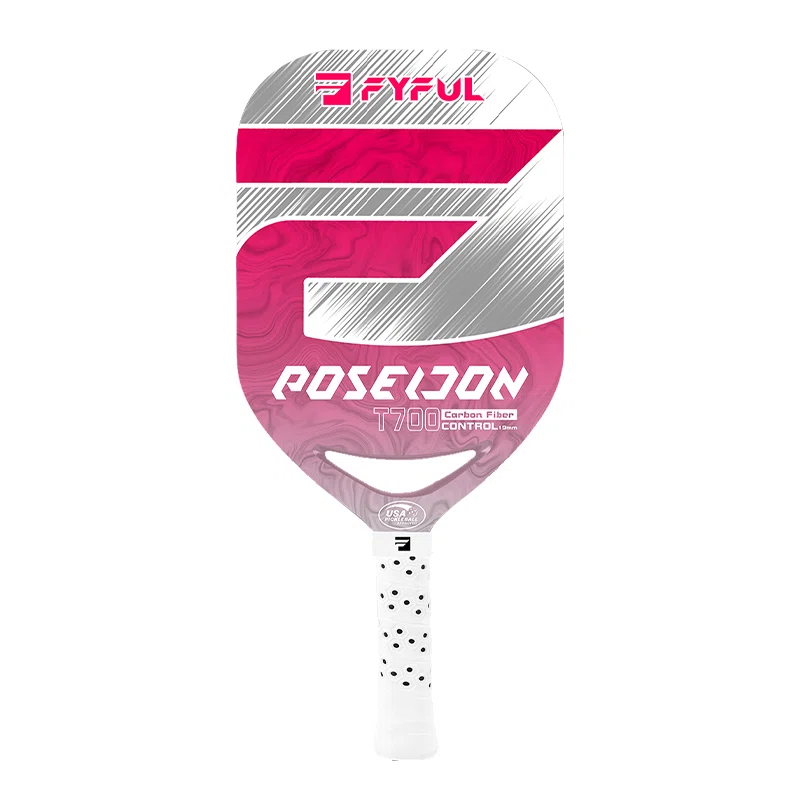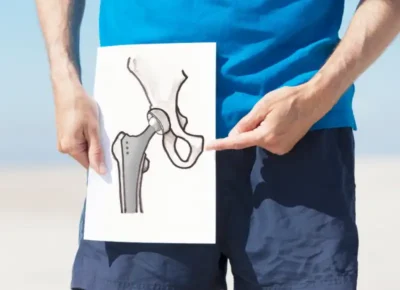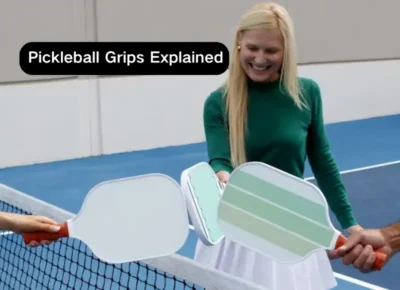Table of Contents
Injuries are part and parcel of sports. The same is true for pickleball. However, the odds and types of injuries are less as it is a low-impact game. That said, one of the common injuries that force players away from the pickleball court is the pickleball elbow or tennis elbow.
The condition causes pain and discomfort on the outside of your elbow and makes it painful to extend, move, or twist your hand or use forearm muscles.
But don’t bother worrying about what it is, what are its symptoms, causes, and treatments, or how you could prevent it. In this article, we will provide you with a detailed guide to help you understand everything you need to know about pickleball elbow or tennis elbow.
Understanding Pickleball Elbow
The medical term for pickleball elbow is Lateral Epicondylitis. Not that easy to read, is it? That’s why it is best to stick with pickleball elbow.
Basically, it is the condition in which the tendon attached to the muscle extending the wrist to the outside of the elbow gets torn. Now, the tear could be big, small, or tiny. But discomfort and pain occur in each. Though the first hurts the worst.
Interestingly, the condition is also called tennis elbow. Apparently, the two terms are interchangeable, and depending on whether you have a racket or a paddle in hand, you can use the appropriate one.
Moreover, the pain linked to the tennis elbow often begins from the outside of the elbow and radiates or travels down the forearm muscles toward the wrist.
Interestingly, the condition is not solely caused by pickleball paddles or tennis rackets. Anyone who excessively uses their elbows or hands, like cooks, painters, plumbers, and carpenters, could get it. However, they don’t usually call it pickleball elbow or tennis elbow.
Lateral Epicondylitis Illustration
Source: https://www.news-medical.net/
Symptoms of Pickleball Elbow
You probably won’t need to book a consultation with a medical professional to know you have pickleball elbow or tennis elbow, as you will feel the burn. The inflammation or burning of the inner or outer elbow is the most common symptom of the injury.
Moreover, the elbow will probably get sore. Every time you try to move the hand, you will feel the pain radiating from your elbow to the forearm all the way down to the wrist. Also, the wrist will help you confirm the tennis elbow diagnosis by pinching you at times you try to grab, shake, turn, hold, lift, or do anything with that hand.
So, to sum it up, burning pain on the outside and the inner elbow, occasional sharp twinges near the elbow tendons, tension, weakness, soreness, stiffness, and discomfort, are all symptoms of the pickleball or tennis elbow.
What Causes the Pickleball Elbow?
Small or micro tears in your elbow are what cause pickleball elbow or tennis elbow. This could happen due to many reasons, including incorrectly hitting the ball, bad form, or overuse of the forearm muscle. Also, the injury is more common in players who love backhand shots and like to hit the ball late.
Essentially, it is due to repetitive motion and incorrect form. You see, the elbow is quite complex. It entails many muscles and tendons which help you bend and straighten the wrist and fingers. When these tendons or muscles are excessively or repeatedly used, they get torn or damaged. The result? Inflammation.
That’s the science behind the pain associated with the pickleball elbow or tennis elbow. Moreover, it is not like only the players who prefer backhand or play incorrectly suffer this injury. Anyone, even those who have never held a racket or a paddle in their life, could tear their elbow tendon as almost everything we do requires using the hands.

Differences Between Pickleball Elbow and Tennis Elbow
Pickleball elbow and tennis elbow are two names for the same condition. There is no difference in either except how it occurs. If you tear your tendon while playing pickleball, it is pickleball elbow, while if you get injured playing tennis, it is tennis elbow.
That said, it is vital to acknowledge the latter is a more commonly used term, so don’t get confused if your doctor or therapist calls your injury a tennis elbow.
However, not every elbow injury with a sports name in its prefix is the same. There’s also a condition called Golfer’s Elbow or medial epicondylitis. And that is entirely different. The Golfer’s Elbow involves the flexor muscles, not the extensor muscles.
Also, it lasts longer. So, if the pain persists beyond the inflammatory period, know that it is probably not pickleball or tennis elbow, and it is best to head to the doctor.
Lateral Epicondylitis vs. Medial Epicondylitis
Source: https://www.health.harvard.edu/a_to_z/tennis-elbow-lateral-epicondylitis-a-to-z
Tips and Tricks to Prevent Pickleball Elbow
A common cause of pickleball elbow or elbow pain is bad mechanics. The way you play the game could significantly increase or decrease the likelihood of getting a pickleball elbow.
Here are some quick tweaks you can add to your game to perfect your mechanics and reduce the odds of tearing your elbow tendon or suffering elbow pain.
Warm-Up Exercises
To prevent pickleball elbow, warm up with dynamic stretches like arm circles and wrist rotations. Incorporate gentle shoulder rolls, wrist flexion, and extension exercises. Gradually increase intensity with light rallies and swings, focusing on proper form. Finish with static stretches for the arms, wrists, and shoulders to improve flexibility and prevent injury.
Choose the Right Paddle
For players with tennis or pickleball elbow, select a pickleball paddle that minimizes arm stress and vibration. Opt for midweight (7.4-8.4 oz) paddles with carbon fiber faces and polypropylene honeycomb cores. These materials absorb more shock upon impact, reducing strain on the arm. Look for proper grip size, cushioned grip, longer handle, and edge guard for reduced strain and enhanced comfort.
Hit the Ball in Front of Your Body
The backhand drives, volleys, and dinks are the main cause of pickleball elbow. So, a simple prevention tip is to play the ball more in front of your body. The trick works as it takes the pressure off your arm and elbow and helps you put your legs and core into swinging the pickleball paddle.
Take a Short Backswing
How to play shots more in front of your body? Shorten your backswing. A longer backswing means the pickleball paddle has to cover a relatively longer distance, which significantly increases the odds of striking the ball behind your body.
So, take a short backswing as it helps you play the ball in the front, alleviate the pressure on the elbow, and limit the elbow pain.
Move Your Body
The more static you are, the more the exertion on your arms and elbows, and the more the chances that you may develop tennis elbow. So, move your body. Go back, shuffle forward, and jump sideways.
The point is to ensure you are always in a good position to strike the ball, which helps minimize stress and improves performance.
The core tip remains the same. Hit the ball in the front of your body while playing pickleball. The movement is only to help you do so.
Put Your Shoulders Into Play
People who try to generate all the force from the flicks of the wrist joints or the snaps of the elbow tend to get it torn more frequently. Also, the technique doesn’t help much with force.
Yes, flicks can help you add spin to the ball but don’t use it for force. Instead, swing the pickleball paddle from your shoulders for higher force and less strain.
How Can You Treat Pickleball Elbow?
Pickleball elbow or tennis elbow is quite common, but so is its treatment. Luckily, the odds are you may not even have to visit a doctor or physical therapist to get it fixed. Here’s how you can treat pickleball elbow or tennis elbow without expert consultation.
Hit The Pause Button
You could say that’s not a treatment but a mere prevention technique. But it is a treatment. Taking some time off from the game and ensuring your elbow is not strained further helps it recover and get patched up. The human body is exceptional, and a little rest is often all you need to heal your elbow. Also, you can add light physical therapy to quicken recovery.
Ice Your Elbow
Rest helps, but what to do in the meantime? How to treat the inflammation or soreness? Use ice. Ice your elbow in patches of 10-15 minutes every 3 to 4 hours, and you will see your inflammation and swelling vanish within days. However, don’t put ice directly on your skin. Use a cloth.
Wear an Elbow Brace
A tennis elbow brace gives you added support and helps with quick recovery. Also, a little weight or pressure on the joint allows better movement and reduces discomfort.
That said, you could wear a brace even if you don’t have a pickleball elbow or tennis elbow, as it helps with prevention as well. In addition, wearing a brace during exercise or physical therapy also helps control movement and heal the injury quickly.
Physical Therapy
To treat pickleball elbow, physical therapy includes eccentric wrist and forearm strengthening exercises, such as wrist extensions with light weights. Stretching the forearm muscles improves flexibility. Therapists often use manual therapy techniques, ultrasound, and ice therapy to reduce pain and inflammation. Gradual return to activity is encouraged to prevent recurrence.
Regularly assessing progress and making necessary adjustments to the treatment plan can help to ensure continued recovery and prevent re-injury.
Lateral Epicondylitis (Pickleball/Tennis Elbow) Exercise
Source: https://orthoinfo.aaos.org/
Take Pain Relievers
If the pain and discomfort are severe, and the above don’t work as quickly as you like. It is time to turn to over-the-counter pain relievers or anti-inflammation medicines. Though it is best to ask a doctor or pharmacist for guidance, common pills like ibuprofen work like a charm for most.
The Final Word
Pickleball elbow is a common injury, and you may even have experienced it before. Luckily, it is not serious and often heals by itself, given you don’t put excessive strain on your elbow and take a break from the game. Also, putting the heavier pickleball paddle on the side and switching to a lighter paddle helps.
That said, though the injury is a common occurrence, it hurts. And, the more you try to ignore and play through the pain, the worse it will get. So, don’t push it.
Frequently Asked Questions
Is it okay to play through pickleball elbow?
No, it is not okay to play through pickleball elbow or lateral epicondylitis. You need to rest and limit the use of the affected elbow to fix it.
However, if you don’t want to take a break and continue the game, change your gameplay. Play the ball in the front of your body and use elbow braces for added support. Also, switch to a lighter pickleball paddle and avoid pickleball elbow use. Try to avoid repetitive motion and vary your gameplay for lesser strain.
Is pickleball elbow different from tennis elbow?
No, both conditions are the same. The only difference is the name. And the difference comes from how you get the injury or what game were you playing.
If you tear your tendon while swinging a pickleball paddle or playing pickleball, it is pickleball elbow. Contrarily, if you had a racket in your hand, it would be called tennis elbow.
Reference:
- Buchanan BK, Varacallo M. Lateral Epicondylitis (Tennis Elbow) [Updated 2023 Aug 4]. In: StatPearls [Internet]. Treasure Island (FL): StatPearls Publishing; 2024 Jan-. Available from: https://www.ncbi.nlm.nih.gov/books/NBK431092/
- Kiel J, Kaiser K. Golfers Elbow. [Updated 2023 Jun 26]. In: StatPearls [Internet]. Treasure Island (FL): StatPearls Publishing; 2024 Jan-. Available from: https://www.ncbi.nlm.nih.gov/books/NBK519000/



